10 Rare Military Pistols from the World War I Era
World War I produced some of the most iconic military pistols in history. These rare firearms have become highly sought after by collectors due to their unique designs and historical significance. Many of these pistols were used in battle, each with its own story to tell. From the famous German Luger to the lesser-known Austrian Steyr, these pistols represent a pivotal moment in firearm development. Today, they are prized for their craftsmanship and the role they played during the World War I Era.
This post may contain affiliate links, which helps keep this content free. Please read our disclosure for more info.
Luger P08
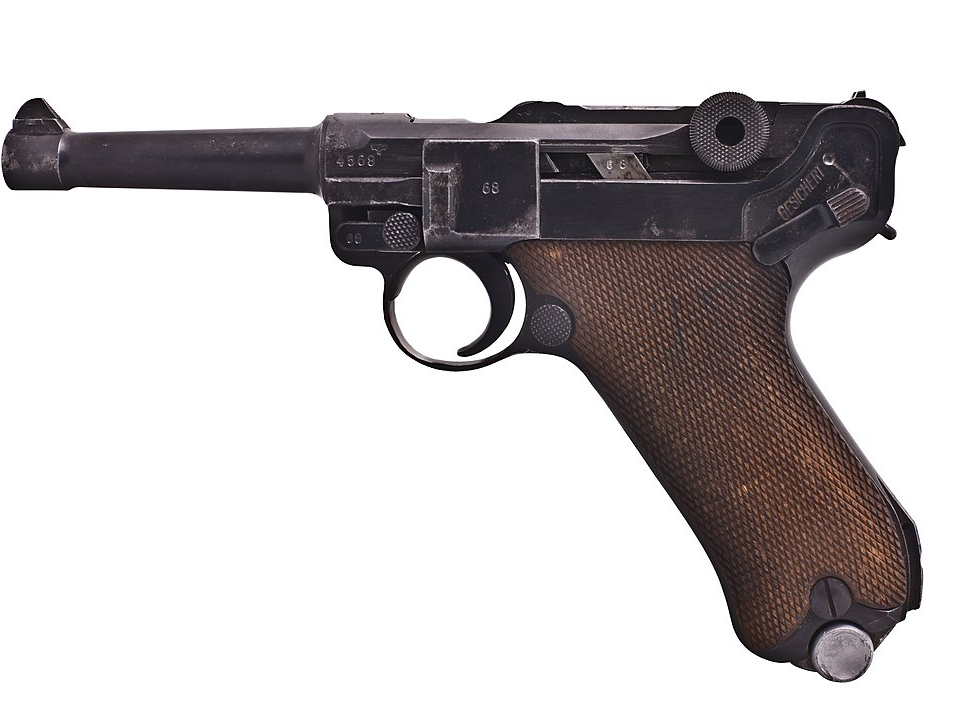
The Luger P08, developed in 1898 by Georg Luger for the German Imperial Army, became one of the most iconic pistols of the 20th century. Its toggle-lock mechanism, characteristic grip, and smooth operation made it a standout among contemporary firearms. The P08 was widely used by German forces during World War I, serving both officers and soldiers in various branches.
The pistol was chambered in 9mm Parabellum, offering excellent accuracy and firepower. Many of these pistols, especially those marked with WWI dates or military unit stamps, have become collector’s items due to their historical significance and rarity. The distinct shape of the Luger, combined with its robust performance, has kept it in demand by collectors and enthusiasts worldwide. A well-preserved example can fetch prices between $1,200 to $2,800, depending on the condition and provenance.
Steyr M1912

Designed in Austria by Ferdinand Mannlicher, the Steyr M1912 semi‑automatic pistol was notable for its unique rotating barrel locking system, which set it apart from other handguns of the era. It was chambered in 9mm Steyr and featured a distinctive straight‑blowback mechanism. The M1912 was introduced to the Austro-Hungarian army in 1912, though it did not see widespread adoption due to its complexity and the war’s changing dynamics.
Despite being an advanced design, the Steyr M1912 remained in limited service until the end of the war. Its rarity today, coupled with its unique operating system, makes it a valuable piece for collectors of early 20th-century firearms. While not as iconic as some of its contemporaries, the Steyr M1912 is an important part of military firearm history. The market for these pistols typically ranges from $600 to $1,200, depending on condition and completeness.
Mauser Model 1914

The Mauser Model 1914, chambered in 7.65mm, was another notable German semi‑automatic pistol designed for military use during World War I. It was a small, compact pistol known for its reliability and ease of use in close quarters. The Model 1914 was a blowback-operated design, offering simplicity and ruggedness that made it ideal for the fast-moving conditions of trench warfare.
Although it was not as widely issued as the Luger, the Mauser 1914 saw service with German soldiers during the war and was also used by various police forces afterward. Collectors are drawn to the Mauser 1914 for its historical role in the war and its functional, if unflashy, design. Pistols in good condition, especially those with matching numbers and clear military markings, can fetch anywhere between $700 and $1,000.
Bergmann–Bayard Model 1910/21
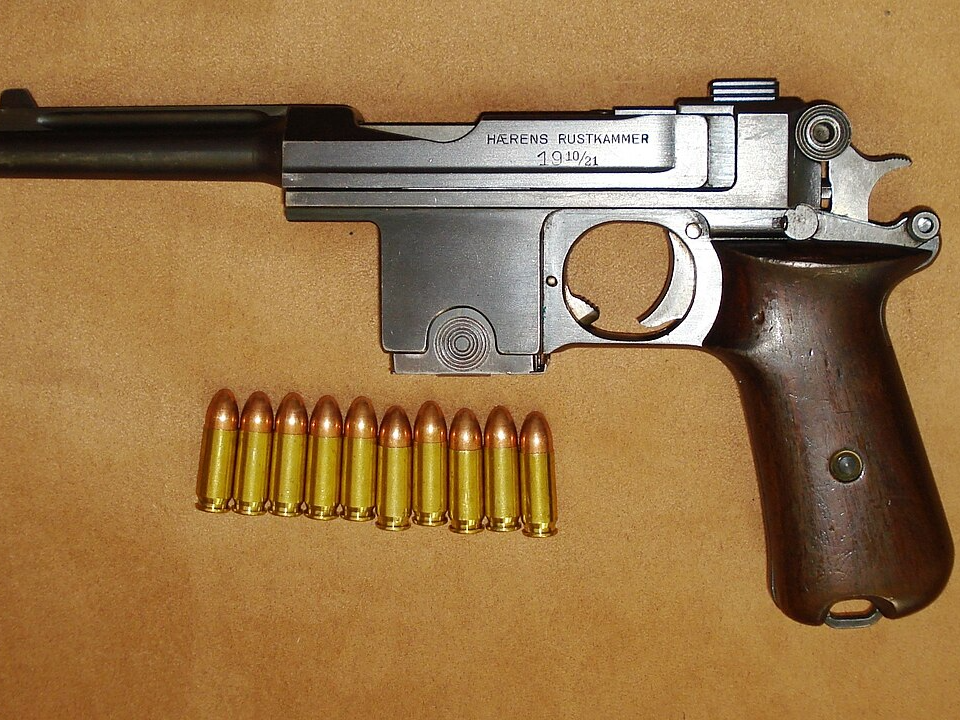
The Bergmann–Bayard Model 1910/21 was a collaboration between the German arms designer Theodor Bergmann and the Belgian company Pieper. Introduced in 1910, this pistol was used primarily by the Belgian military and some German units during World War I. The Model 1910/21 was chambered in 9mm Browning and used a delayed blowback system that provided excellent accuracy and control. Its innovative design, featuring a horizontal magazine, made it a relatively advanced pistol for its time.
Though its military service was brief, its mechanical sophistication and limited production make it a rare and sought‑after firearm today. The Bergmann–Bayard’s combination of historical rarity and technological innovation places its market value between $900 and $1,500, with rare examples pushing higher.
Beholla Pistol

The Beholla Pistol, manufactured by Becker & Hollander in Germany, was another semi‑automatic design that emerged during World War I. It used a simple blowback mechanism and was chambered in 7.65mm. Produced in limited quantities, the Beholla was issued to some German military and police forces during the war, though it was not as widely adopted as other pistols like the Luger.
Its small size and reliability made it a practical sidearm, but its lack of widespread use has made it a relatively rare firearm today. The scarcity of surviving examples, particularly those in good condition, makes the Beholla highly collectible. Expect to find these pistols priced between $500 and $700, depending on condition and market demand.
Langenhan Selbstlader Cal.7.65
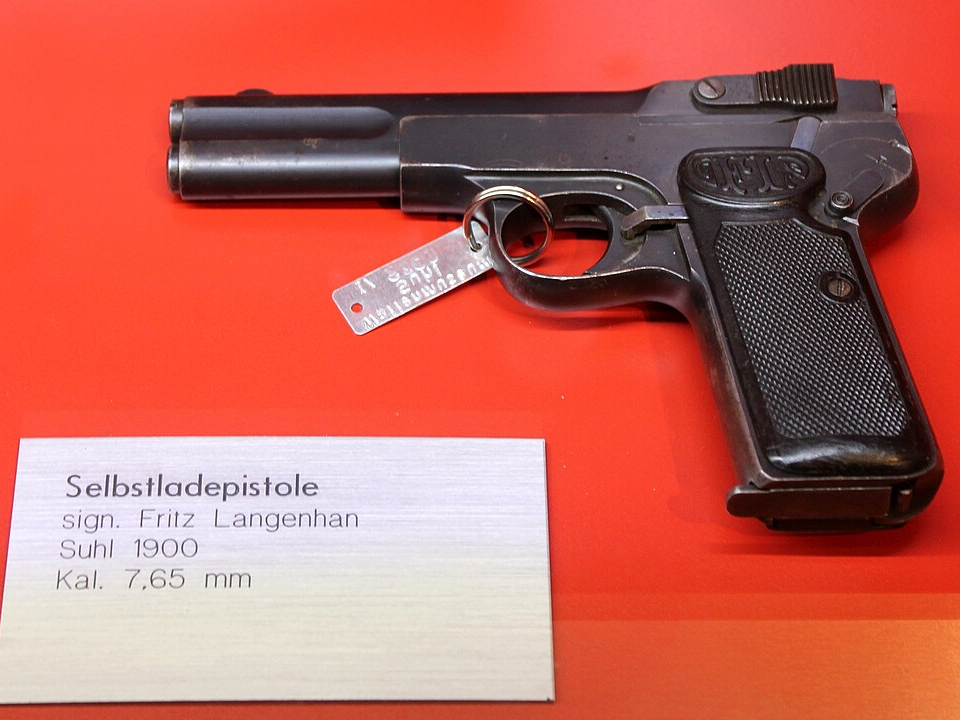
Produced by Friedrich Langenhan’s factory in Zella-Mehlis, Germany, the Langenhan Selbstlader Cal.7.65 was a semi‑automatic pistol designed during World War I. Its blowback operation system made it simple and effective, although its design was not as influential as some of the more famous German pistols of the time.
This pistol was chambered in 7.65mm, a popular round for compact pistols of the era, and saw limited military use during the war. Its relatively low production numbers and the fact that many were later converted for civilian use contribute to its rarity today. While not widely known, the Langenhan is still valued by collectors due to its connection to WWI and its unique design. Pistols in good condition can fetch prices ranging from $500 to $800, depending on their state and markings.
M1911 Pistol
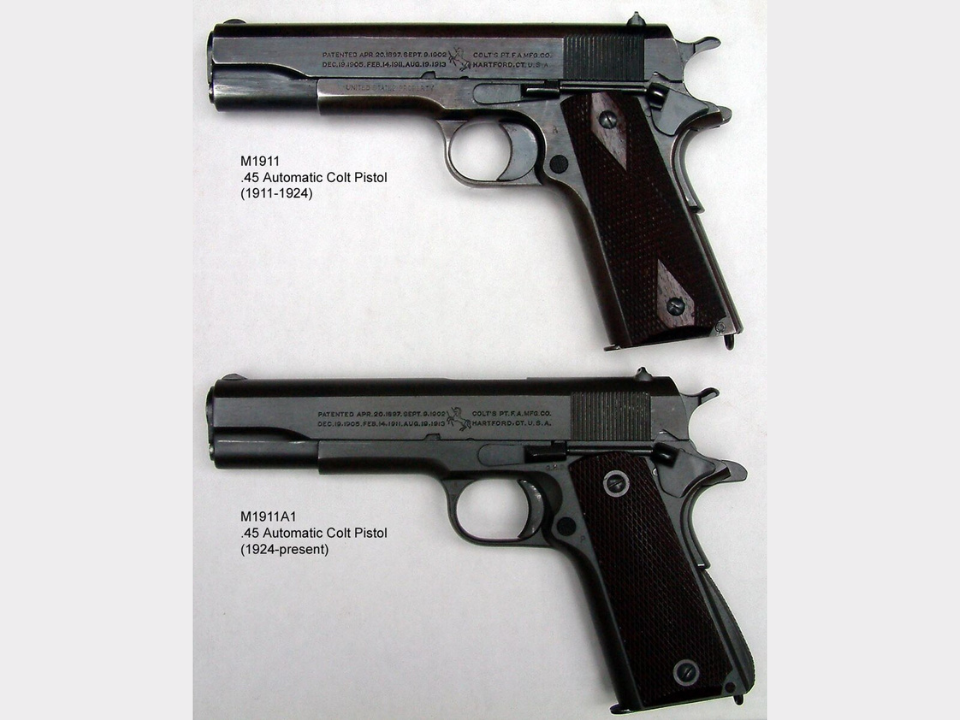
The Colt M1911 is one of the most famous pistols of the 20th century, known for its service in both World Wars. Although it was officially adopted by the U.S. military in 1911, its design continued to influence military firearms for decades. Chambered in .45 ACP, the M1911 was preferred by American forces during World War I for its stopping power and rugged reliability.
Its role in World War I, alongside its enduring legacy in military service, makes it one of the most collectible firearms in existence. Wartime examples, especially those with U.S. military markings, are highly sought after. Depending on condition and historical relevance, the M1911 typically ranges between $1,000 and $2,500 on the collector market.
Roth Steyr M1907
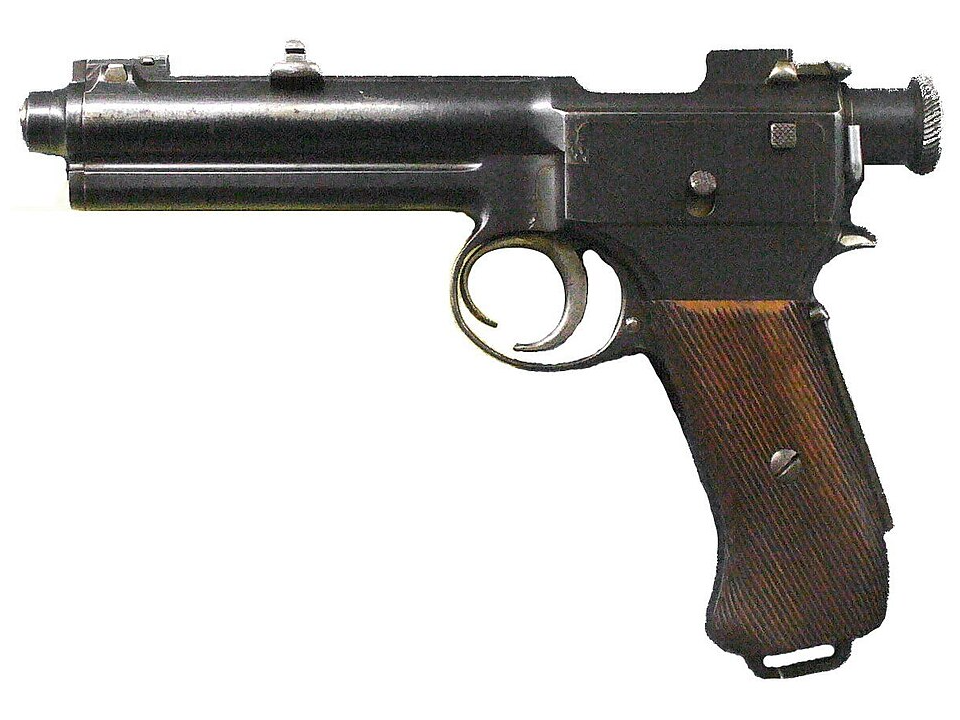
The Roth Steyr M1907 was a unique semi‑automatic pistol designed for use by the Austro-Hungarian Army. It was chambered in 7.63mm Steyr and featured a delayed blowback system that was quite advanced for its time. This pistol was used during World War I, though it was never produced in large numbers. Its innovative design, including a tubular magazine and a rotating barrel, made it stand out among contemporaries.
Today, the Roth Steyr M1907 is highly collectible due to its rarity and historical significance. These pistols rarely come up for sale, and when they do, collectors can expect to pay anywhere from $1,500 to $3,000, depending on the model and condition.
Beretta M1915

The Beretta M1915 was Italy’s first self‑loading pistol, introduced in 1915 during World War I. It was chambered in .32 ACP and utilized a simple blowback action, making it both reliable and easy to maintain. The M1915 was issued to the Italian military, though in relatively small numbers.
Despite its initial use, it was overshadowed by other, more advanced designs in later years. Still, the M1915 remains a valuable collector’s item due to its historical role and limited production. Well‑maintained pistols typically fetch $500 to $1,200, depending on their condition and whether they retain their original markings.
Browning FN M1910
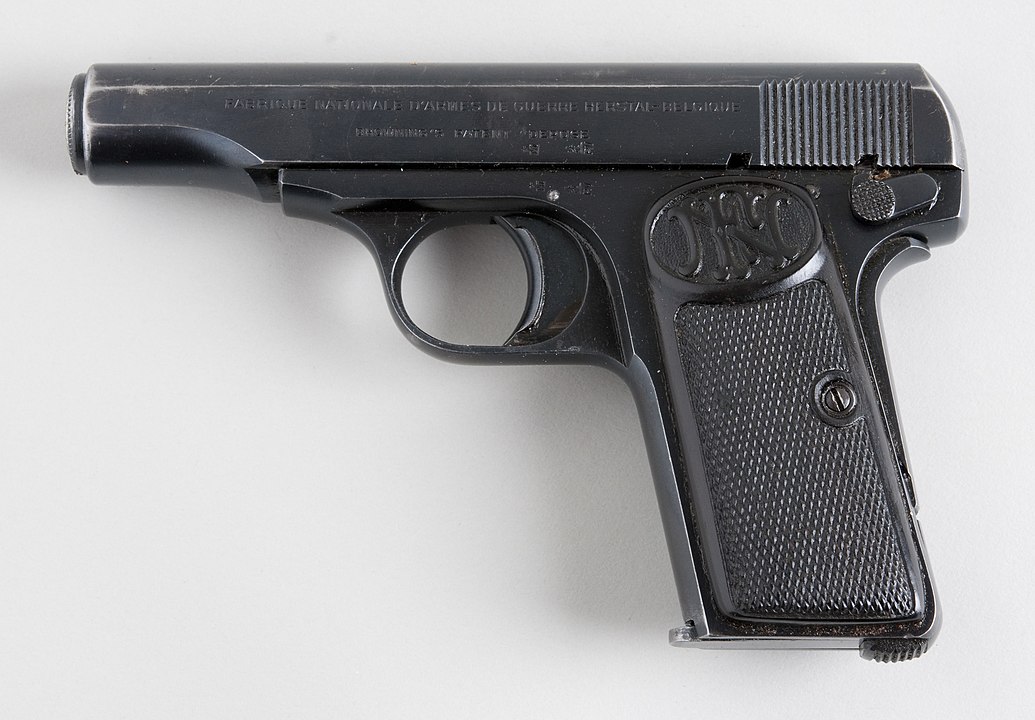
The FN M1910, designed by John Browning, was a significant step forward in semi‑automatic pistol design. It was chambered in .32 ACP and had a simple blowback operation, making it easy to use and maintain. This pistol was widely distributed in the pre‑World War I years and saw service during the war, particularly in Belgium and by civilian police forces.
The FN M1910 is less known than some other Browning designs, but it is still a key piece of early 20th-century firearm history. Depending on the condition and the rarity of specific versions, the FN M1910 can be valued at $500 to $1,200.
This article originally appeared on Avocadu.
